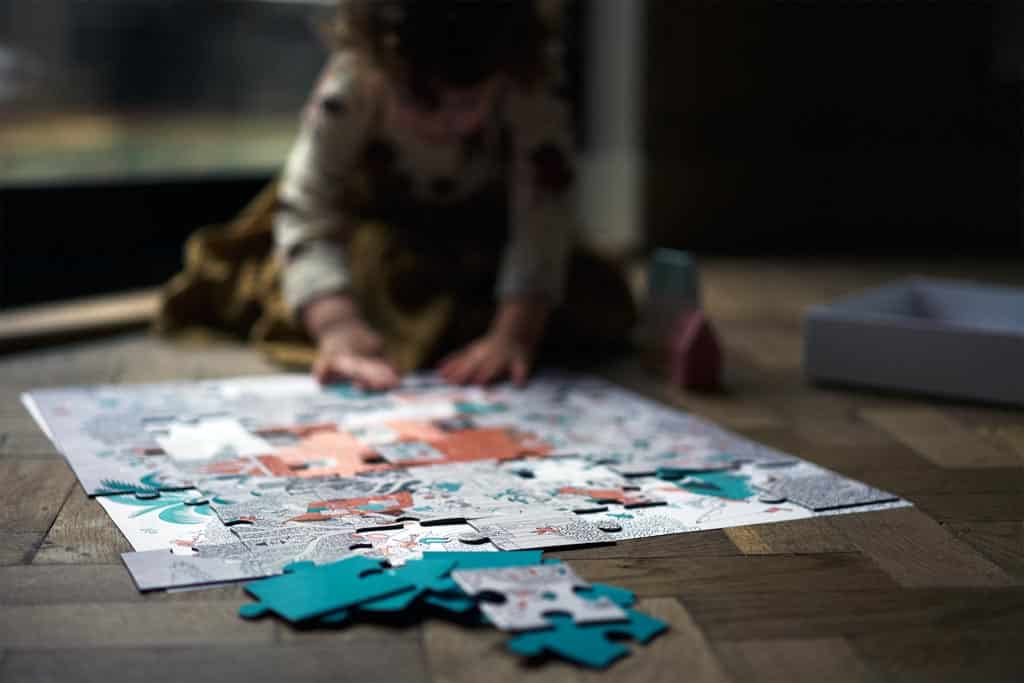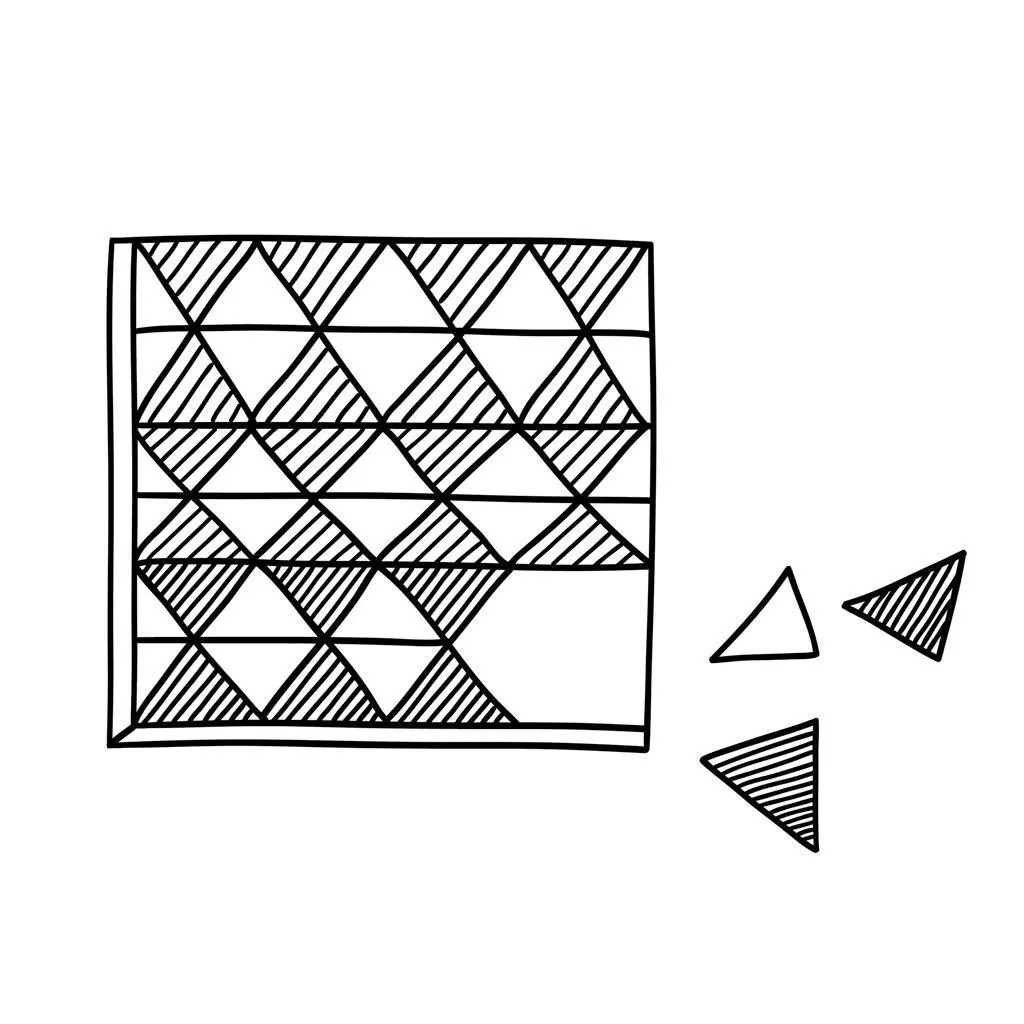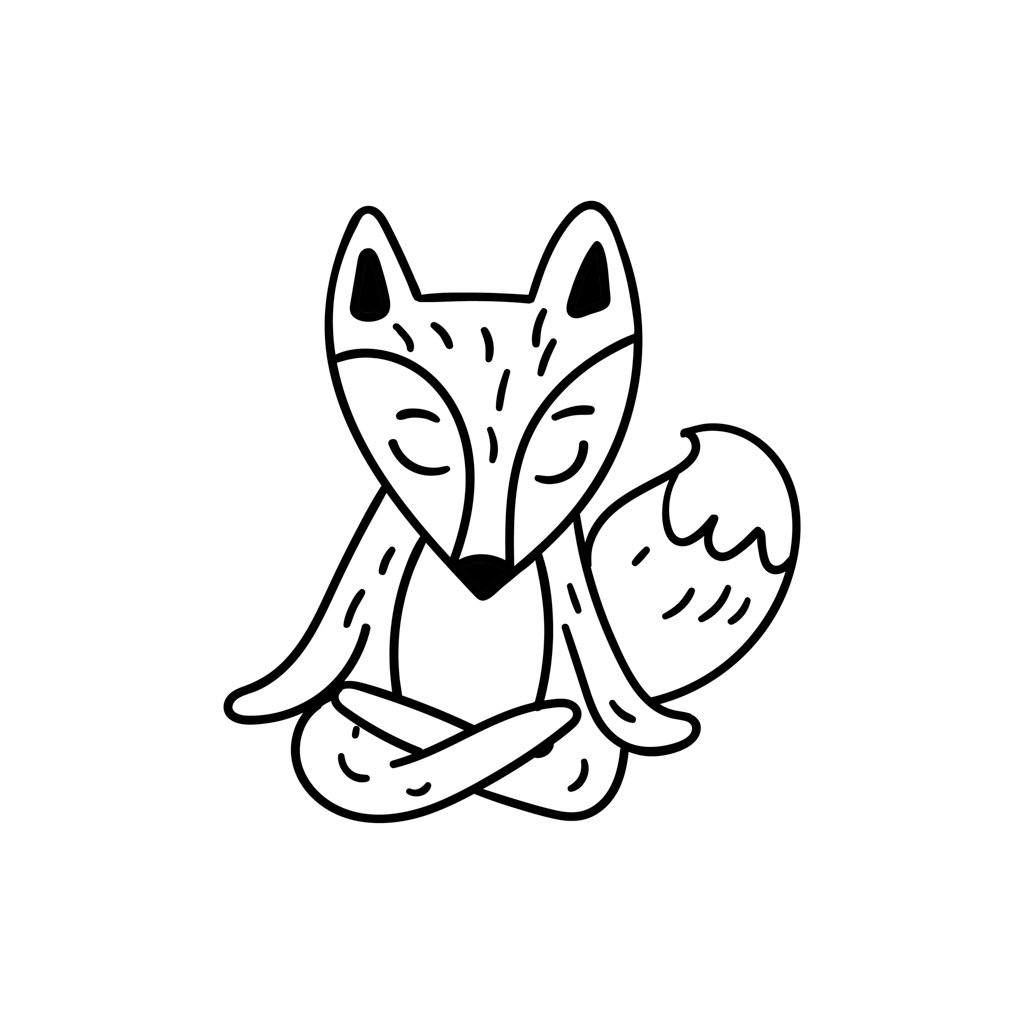Here you are, as a toddler, playing with your toy farm.
Too old to put the wooden animals in your mouth and give them a chew; too young for small world play, for giving them personalities and telling a story.
You are at the age of experimentation, of trial and error. You are learning about materials’ properties and potential.
Where does this pig go? Will it fit into the stable? Will it squeeze into the chicken coop? What if I turn it on its side?
In some ways, a wooden animal is no different to a Lego brick. On top of and next to; inside, together and apart,. Understanding the position of objects in space and how they relate to each other is a fundamental skill. Clockwise, anticlockwise, left, right, upside down and the right way up.
Matching, rotating, predicting whether a shape will fit. This is spatial reasoning, a key skill for toddlers to master.
Spatial reasoning is the ability to visualize and understand the relationship between objects in space. It’s a fundamental building block of the STEM subjects and the visual arts.
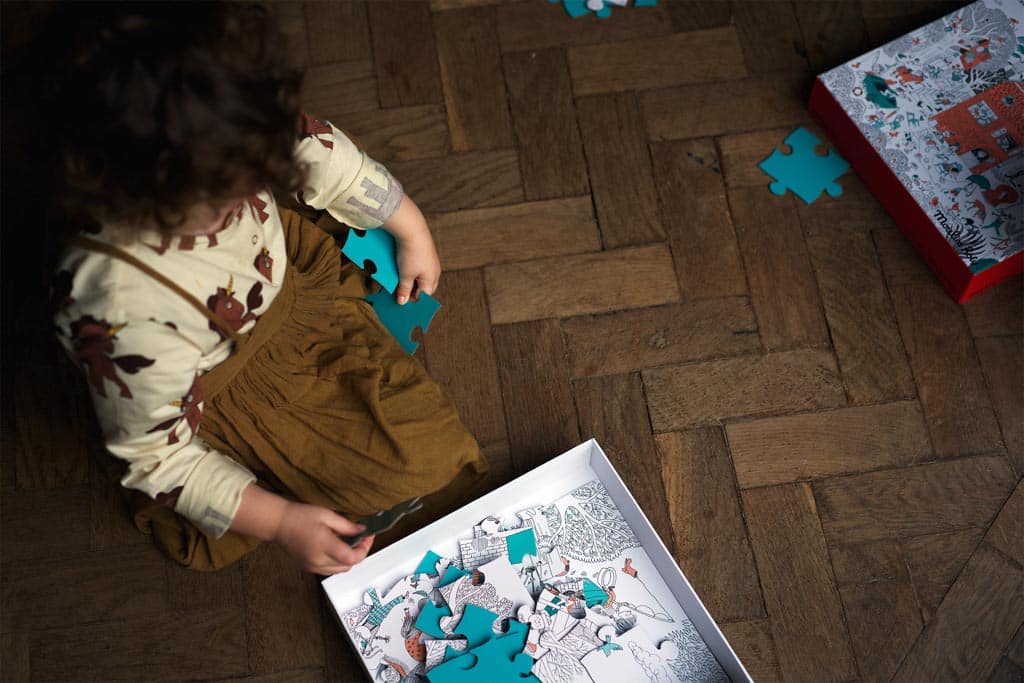
How does good spatial reasoning help?
Let’s imagine you are a toddler again.
This time you are playing with a shape sorter.
Here is a square and here is an opening. Will it fit?
At 12 months you pushed the shape into the hole. When it didn’t go in, you tried again and again. With a bashing motion, you brought the piece down on to the sorter.
Most of the time it didn’t go in.
But sometimes it did.
You weren’t sure why, so you tried again.
At some point you realised that you had to rotate the shape, to present it the right way round.
Again, at first, you didn’t know which rotation worked but you knew that something would. So you kept on trying.
Over time you started to spot a pattern – the edges of the hole and of the shape had to align.
And so spatial reasoning began.
You understood that shapes only fit with the correct orientation. And, crucially, that you didn’t need to test the the shape itself:
You could rotate it in your mind.
You could see by looking at it if it would work.
Will my car fit in this parking space? This tennis racket is too long for the suitcase. Will it fit if I put it in diagonally? How will the room look if I move the sofa to the far wall?
Spatial reasoning is a significant stepping stone in cognitive development. It equips children with the ability to interpret shapes, dimensions, and spatial relationships between objects, which is essential not only for daily tasks but also in understanding complex mathematical and scientific concepts. This skill further allows them to visualize various scenarios, leading to problem-solving abilities that play a significant role in fields like engineering, architecture, arts, and more.
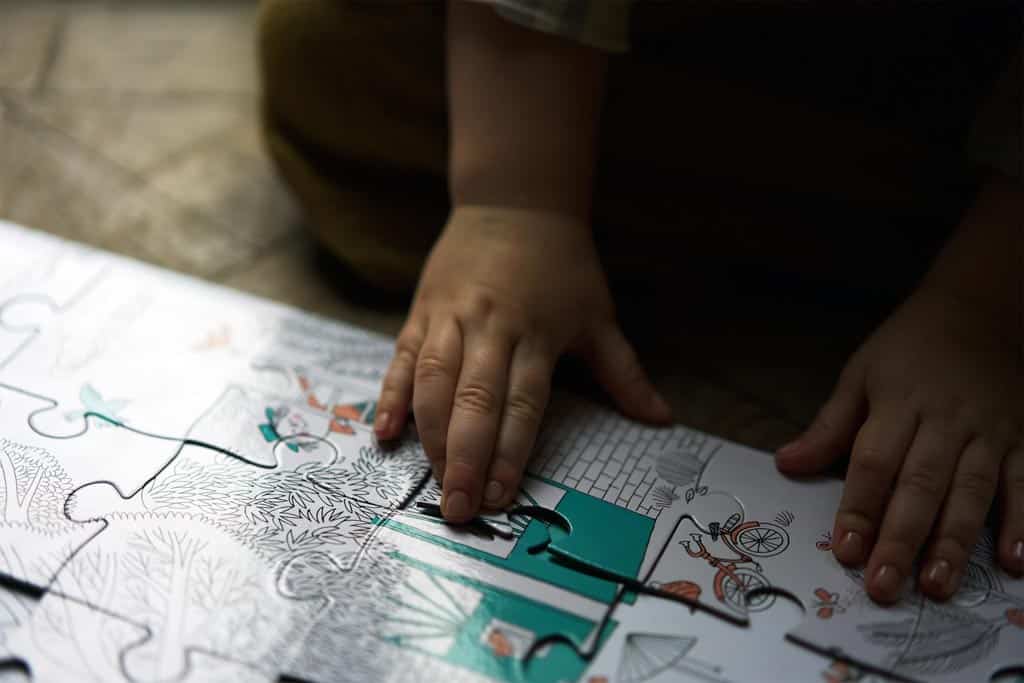
Toys to Enhance Spatial Reasoning
To foster your child’s spatial reasoning skills, consider incorporating the following toys into their playtime:
Building Blocks: Offering a variety of shapes and sizes, building blocks challenge children to imagine and construct structures, improving their ability to manipulate objects in space.
Puzzles: Jigsaw or shape puzzles enhance visualization skills and understanding of how pieces fit together.
Tangrams: These Chinese puzzles include seven flat pieces that can be rearranged to form different shapes, thereby promoting problem-solving and spatial reasoning.
Origami Sets: The art of paper folding helps children visualize and manipulate paper into different shapes and forms, thereby enhancing their spatial reasoning abilities.
Strategy Board Games: Games like chess or Blokus require strategic thinking related to the positioning of pieces, thereby strengthening spatial reasoning.
Activities to Boost Spatial Reasoning
In addition to toys, consider the following activities to help bolster your child’s spatial reasoning abilities:
Drawing: From stick figures to complex scenes, drawing requires the understanding of spatial relationships and promotes attention to detail.
Treasure Hunts: Reading a map to locate a hidden ‘treasure’ can significantly improve spatial orientation.
Outdoor Play: Activities like climbing and jumping help children estimate distances and sizes, enhancing their understanding of space.
Constructing Models and Dioramas: This activity not only enhances creativity but also encourages children to visualize and manipulate objects in space.
Introducing Spatial Vocabulary: Using terms like “above,” “below,” “inside,” “outside” in conversations can help children express and understand spatial concepts better.
Final word
Spatial reasoning forms the cornerstone of various academic and practical skills. By incorporating the right toys and activities into your child’s playtime, you can ensure they develop strong spatial reasoning abilities, equipping them with a skill set that will significantly benefit them in their future academic and career pursuits. Remember, fostering spatial reasoning isn’t a chore – it’s a journey of exploration and fun!
Are you ready for school?
Do you have a preschooler? Would you like them to develop some key skills before starting school? How wonderful to go into school on that first day feeling like you belong.
Get Set Five is a year-long course full of fun and free activities to do with your child.

